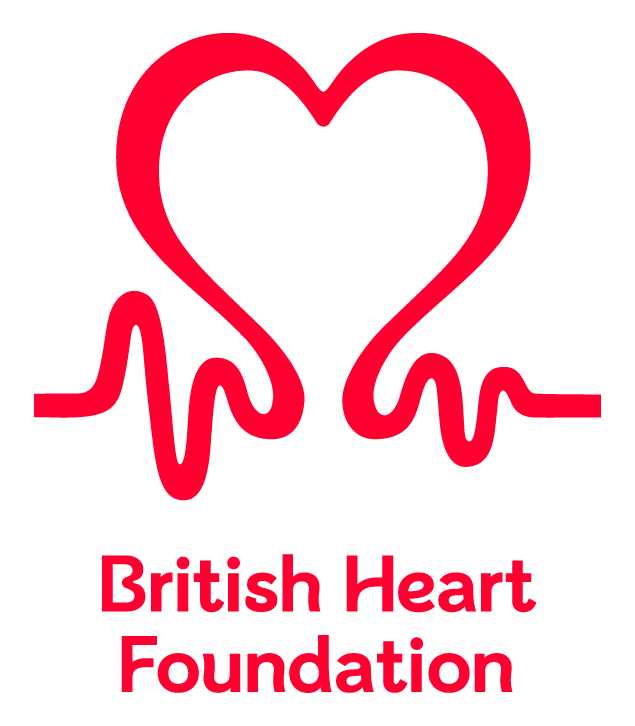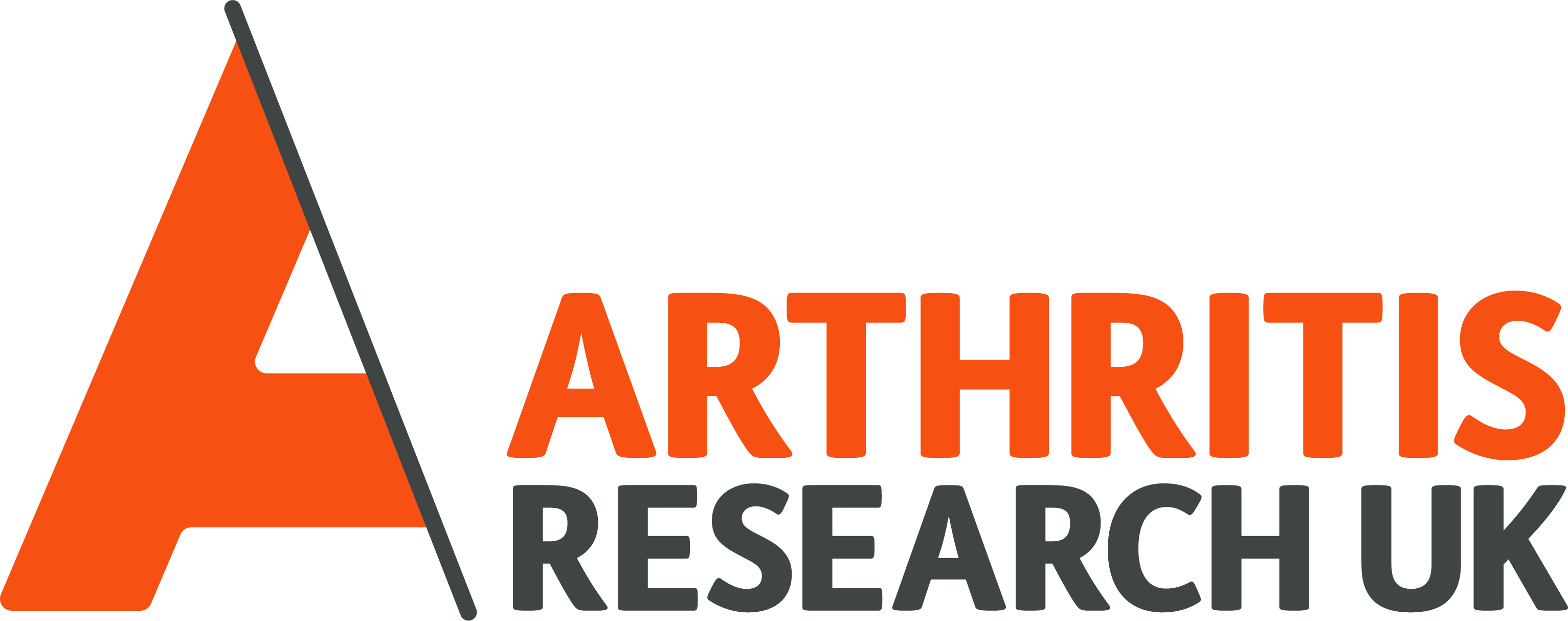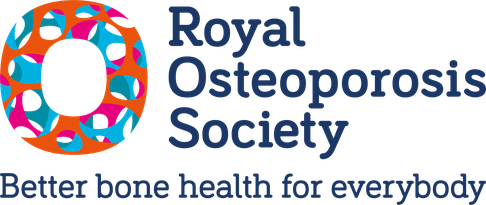
Hertfordshire Cohort Study (HCS)
Overview
Aims
The 1930's Hertfordshire Cohort Study (HCS) is a nationally unique study of 3,000 men and women born over 1931-1939 and still resident in the English county of Hertfordshire during the 1990s. The principal objective of the study is to evaluate the relationship between prenatal and early postnatal growth, genetic influences, adult lifestyle and the risk of common age-related disorders such as osteoporosis, osteoarthritis, sarcopenia, type 2 diabetes and cardiovascular disease. The HCS has been a key source of evidence for life course influences on health and disease later in life.
This page shows information about the 1930's cohort of HCS, the second of three cohorts in the HCS series. The series also includes the 1920's cohort of men and women born in Hertfordshire in the 1920s, and the Hertfordshire 3GS cohort comprising the grandchildren of the 1930's cohort.
Institution
MRC Lifecourse Epidemiology Centre, University of Southampton
Geographic coverage - Nations
England
Geographic coverage - Regions
Hertfordshire
Start date
Birth records: 1931
HCS: 1998
Catalogue record last updated
30/04/2025
Sample
Sample type
Cohort study
Sample details
As part of a nationwide search of archives, staff working at the MRC Environmental Epidemiology Unit, University of Southampton, discovered a large set of records maintained in Hertfordshire containing records for 39,764 live births in the county between 1931-1939. Multiple births, deaths during childhood, records with missing birth weight or weight at 1 year, or with insufficient tracing information were excluded. The details of the remaining 24,130 children were sent for tracing and a total of 7,106 of these were identified as still alive in Hertfordshire in 1998 and currently registered with a general practitioner (GP). These men and women comprised the HCS target population. Permission to contact 6099 (86%) men and women by letter was obtained from their GPs and 3,225 (53%) agreed to a home interview with a trained research nurse.
Sample size at recruitment
42,974 births (Birth records)
3,225 (HCS Baseline)
Sample size at most recent sweep
155 (2021 - NAPA 1-year follow up)
Sex
All
Age at recruitment
Birth records: birth
59-73 years at HCS Baseline (1998-2004)
Cohort year of birth
1931-39
Data
Data access
Data request - contact study team
generic.wordpress.soton.ac.uk/herts/contact/
Genetic data collected
Linkage to administrative data
Health data
Key Papers
Cohort Profile: The Hertfordshire Cohort Study.doi.org/10.1093/ije/dyi127 Cohort Profile Update: The Hertfordshire Cohort Study: an overview.doi.org/10.12688%2Ff1000research.17457.1
Additional information
Website
mrc.soton.ac.uk/herts
Related themes
Covid-19 data collection,
Biomarkers,
Cognitive measures,
Cognitive decline,
Diet and nutrition,
Housing,
Socioeconomic status and deprivation,
Language and literacy,
Loneliness and social isolation,
Neighbourhood,
Physical health assessment,
Digital technology and social media,
Reproductive health,
Work and employment,
Sleep problems,
Social care - receipt,
Social care - need
Mental health measures timeline
Sweep name:
Cohort member age:
Data collection period:
Notes:
Physical health measures:







